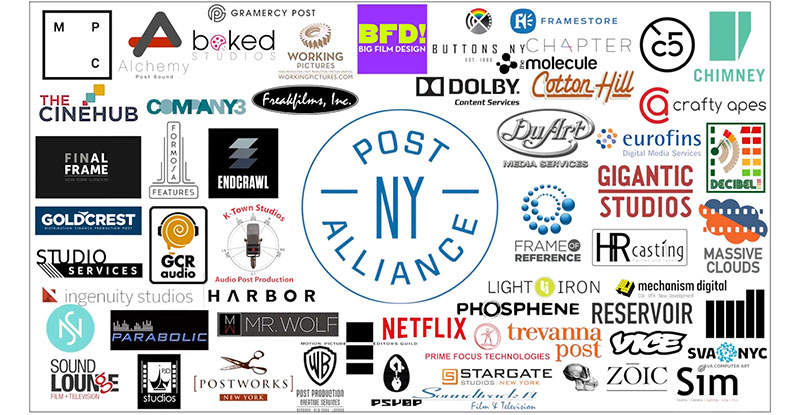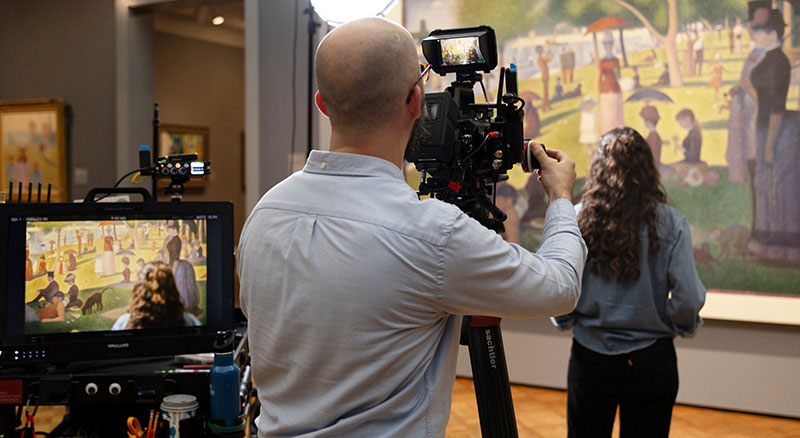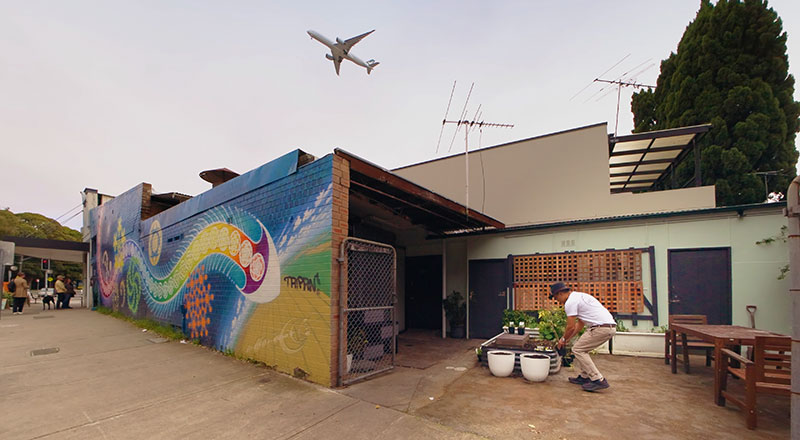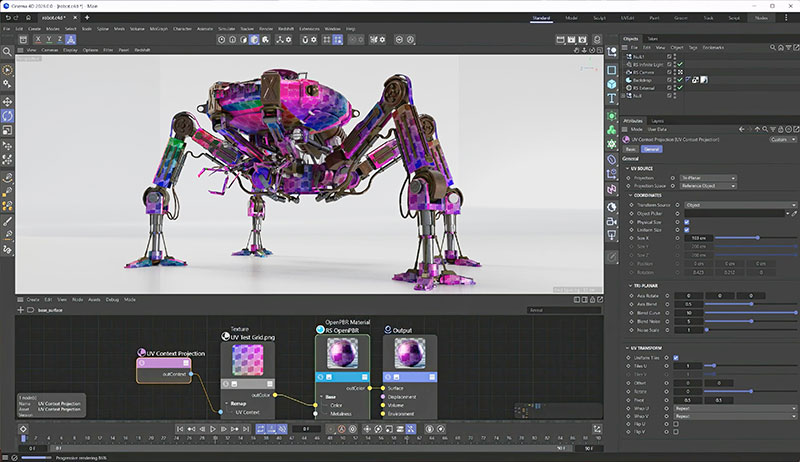Colourist Edgar Lebron took up FilmLight’s offer to work with Baselight 6.0 on Puerto Rican film 'Once Upon a Time in the Caribbean', learning to master the X Grade and Chromogen tools.

A Puerto Rican film Érase Una Vez En El Caribe (Once Upon a Time in the Caribbean), directed by Ray Figueroa, was one of the first movies to be graded on FilmLight's Baselight 6.0 software. Senior colourist Edgar Lebron worked on the project at Reaktor Post in San Juan.
The story follows Juan Encarnación, a peasant known for his violent nature who becomes a peaceful family man after marrying his lovely wife, Pura. But when she suddenly disappears, he once again sets out on a path of revenge. The movie was shot by DoP Willie Berrios, and released at the end of 2023.
“Willie and I have been friends for many years,” said Edgar. “We worked together in the past and have talked about making movies together ever since.”
Historical Looks
The two of them started researching the look for the dailies for Érase Una Vez En El Caribe by studying historical reference from the 1930s and noting the different shades of colour in those images.
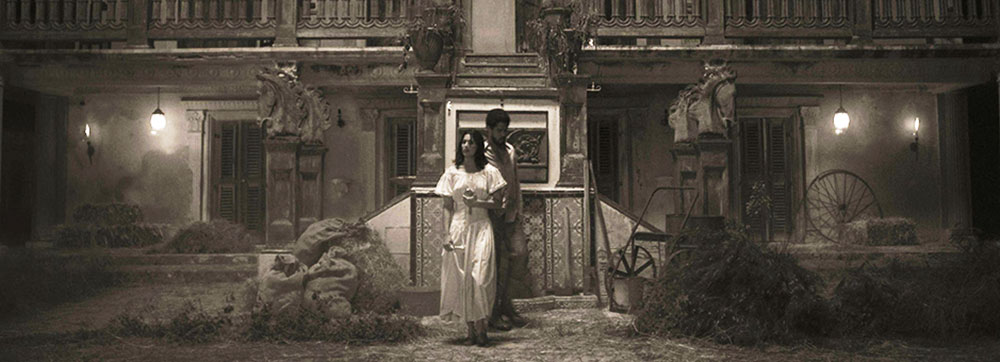
“We began by reviewing all the films and series we could find, made in that period, and noted the references that stood out. I especially liked the work of American-Ukrainian photographer Jack Delano, for example, and Willie brought in black and white photography books from Mexican cinema,” Edgar said. “Once we had a collection of references, we created a bank of images that we adapted to the scenes.”
The film, which is in colour with black and white flashbacks throughout, opens with a black and white scene of a workers' strike. “At first the film was going to be entirely black and white, but we decided to try something a bit more representative of the time,” said Edgar.
For the colour sections, he used Gangs of New York and Peaky Blinders as visual references. For the evening scenes, he worked on highlighting the candlesticks and candles and emphasising the yellow tone, keeping it true to the time.
“Willie and I spent weeks experimenting to make sure we were happy with the results,” he said. “Sometimes we would agree, and at other times we would go back and start from scratch – always looking for a different way to better tell the story.”
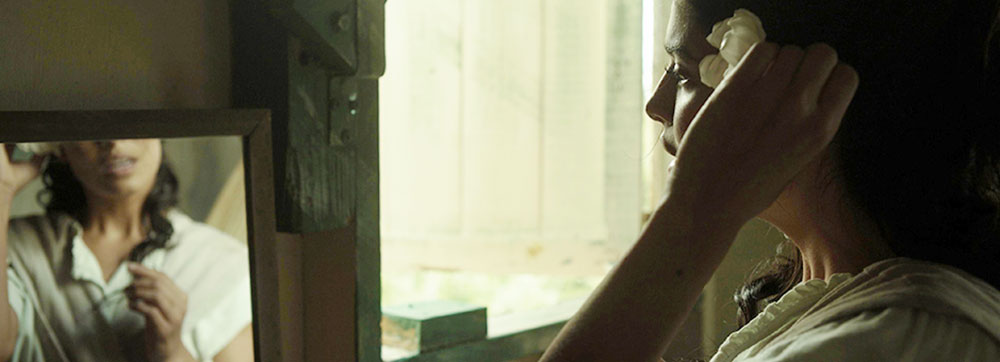
New Tools in Baselight 6.0
Edgar was halfway through grading the movie when FilmLight invited him to try the beta version of Baselight 6.0. He started using the new Sharpen Luma tool, for instance, which proved very helpful. Sharpen Luma applies ‘sympathetic’ image sharpening, limiting its effect in high and low contrast areas to reduce ringing, noise and compression artefacts.
Baselight 6.0 influenced much of the work Edgar put into this film, but he calls X Grade “the star of the show”. X Grade is a primary grading tool that is unusually flexible. It can be used to make multiple localised, complex corrections in a single layer, without having to create a key or matte with secondary tools. LUTs are also not necessary – by processing zonal transforms without LUTs, colourists can make multiple smooth, complex alterations to achieve images naturally without having to deal with folds, edges or clipping.
“X Grade helped me balance the whole movie and gave me the freedom I needed to control continuity, fix issues like out of gamut and lens aberrations and truly control the greens – which, since it’s filmed in the countryside, was a big job,” Edgar said.
Users can push shots as far as needed, and then apply that same correction to similar shots on the timeline. X Grade has a scope display that represents the colours contained in the image and any edits applied to it, and works within FilmLight’s new perceptual, or opponent, colour space, developed to handle modern wide-dynamic-range camera data.

An opponent colour space aims to overcome the shortcomings of RGB when representing a viewer’s perception of hue, saturation and value – that is, it follows the concept that certain colours repress certain other colours, when it comes to the way our eyes see them.
Look Development with Chromogen
The new Chromogen look development tool especially interested him. “The work on Érase Una Vez En El Caribe was already well underway by the time I got my hands on Baselight 6.0. Even so, once I started looking at the tools, I was actually tempted to redo it from scratch just so I could utilise the Chromogen tool, despite the risks that come with using a beta version.”
Chromogen produces scene-referred looks and, like X Grade, operates in FilmLight’s new opponent colour space. FilmLight has recreated existing looks using Chromogen to guide to colourists as they build their own looks. They can also use Chromogen to edit favourite looks, and then save any finished look as a preset or export it as a LUT to use on-set. Once the user is in the grading suite with Baselight, the same look can be applied as a floating-point transform that will automatically work across all types of input material and deliverables.
Edgar and the team decided not to go as far as start the grade from scratch, of course, but since then he has been able to experiment with Chromogen. “I’ve used it to create day for night looks in more recent projects and for a couple of advertising jobs. Our next goal is to use it to create looks for dailies that we can apply to our session more effectively when we get to grading. It is a great tool that makes my job as colourist a lot easier.”

Joy
“This movie was a joy to work on,” said Edgar. “When I first saw the opening scene, I thought to myself that I would pay to do the colour grade for this film. It's not every day that you get a 1930s period film with influences from western and samurai films, mixed with the history of the Caribbean. I was also handed total creative freedom from director Ray Figueroa and DoP Willie Berrios. For that, I thank them.”
About Reaktor Post’s relationship with FilmLight, he commented that it extends beyond business. “The company has given us so much support,” he said. “They are dedicated to making sure everything is going well for us. It is a relationship that has helped us to grow.” www.filmlight.ltd.uk





